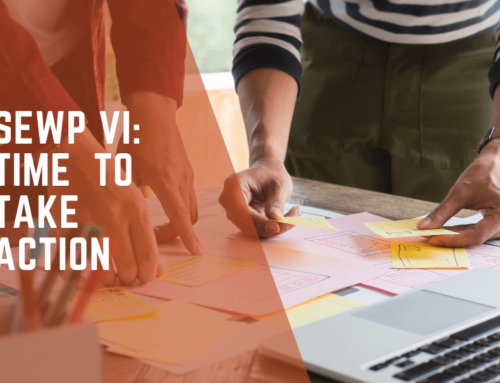Editor’s Note: An interview of a former GSA official now consulting on OASIS and Alliant 2 follows below:
Question 1: How did GSA come up with the OASIS procurement paradigm?
Answer : Jim Ghiloni was head of the group that came up with that solution. The goal was to get a contract THAT WOULD WORK. They took lessons learned form previous GWACs. Very few of the other GWACs have numeric scoring. The biggest difference between other GWACs and the OASIS model is using numerical rather than adjectival scoring. They adopted this approach because it worked.
Question 2: What is your advice on winning a contract like Alliant that uses the OASIS paradigm?
Answer: It is a pretty cut and dried. Either you get the points or you don’t. And you get to whatever the cutoff line is and and you are in the winning range or you are not. This makes it relatively easy on the Government side. If you are in industry, you should be able to up your score by teaming when the final draft RFP comes out.
Question 3: Can you comment on the approach where an industry consultant tried to take the winner-to-loser ratios from OASIS and use these figures to project where the cut line would be on Alliant 2.
Answer : This is about as useful as saying, I am going to predict the score of the next super bowl based on the last. There is a whole different set of companies; different scoring criteria. Granted, the scoring framework of both programs is the same. But the awards on OASIS varied by pool, and there were 6 different pools. The winner-to-loser ratios were different in the different market segments. Also, companies that did and didn’t bid OASIS will bid Aliant. There will be 29 – 30 large companies that will probably score very high. But the next 30 could have an ‘exponential curve.’ The cut line is the $64,000 question. Get as many points as you can and hope for the best. Some companies expected to win could just screw up and get thrown out. Other companies have merged. If someone were to offer me a $1,000,000 bet to get within 5% of the cut line, I personally wouldn’t take it.
Question 4: How should a company decide whether to bid or no-bid?
Answer : If you have done the work to figure out your points, then bid. If you have gotten that far, you have done most of the work. You should submit a bid and hope for the best.
Question 5: Why did GSA apply the OASIS model to Alliant?
Answer : Because it was successful, and they won’t lose a protest. NETCENTS, EAGLE II, and other GWACs were protested and had multiple iterations. Some were ultimately awarded, and some were not. OASIS got awarded and was functioning relatively quickly. The Alliant 2 team wants to use something that works.
Question 6: What are the differences between Alliant and Oasis?
Answer : One is professional services and the other is IT. Otherwise it is the same paradigm.





Leave A Comment